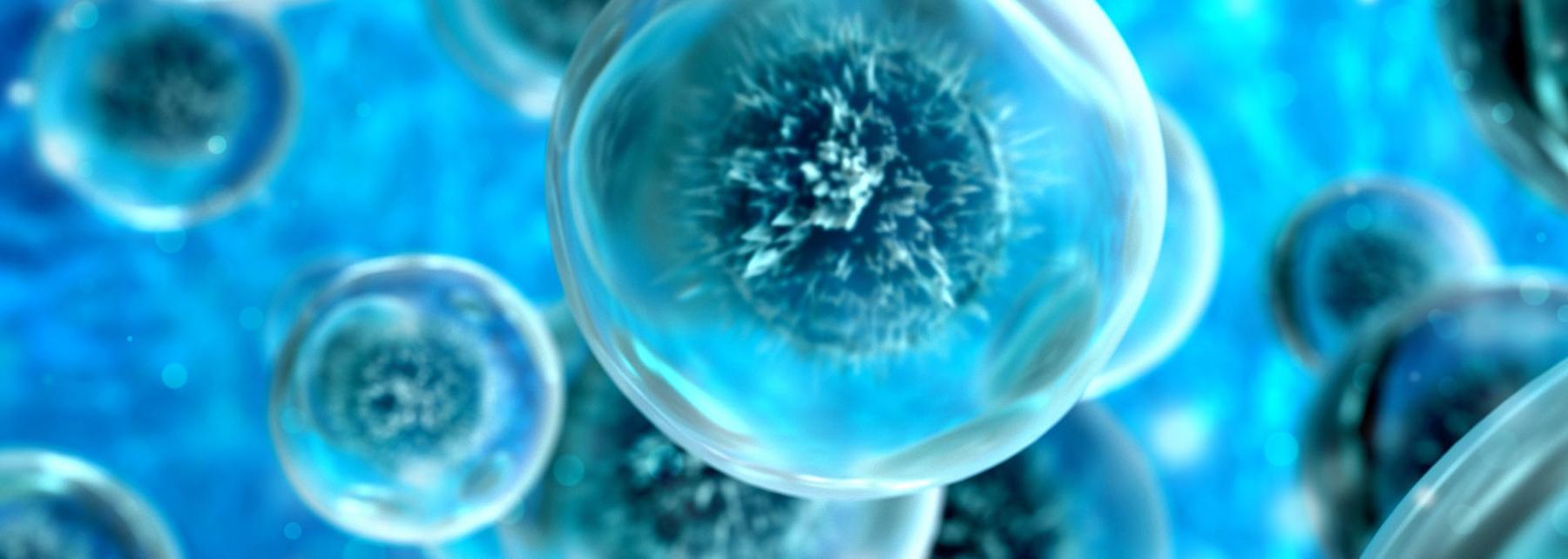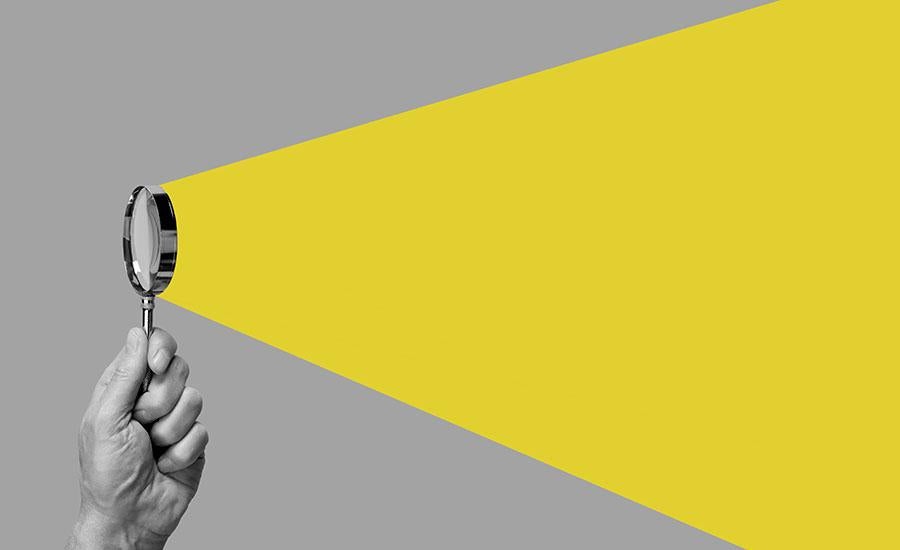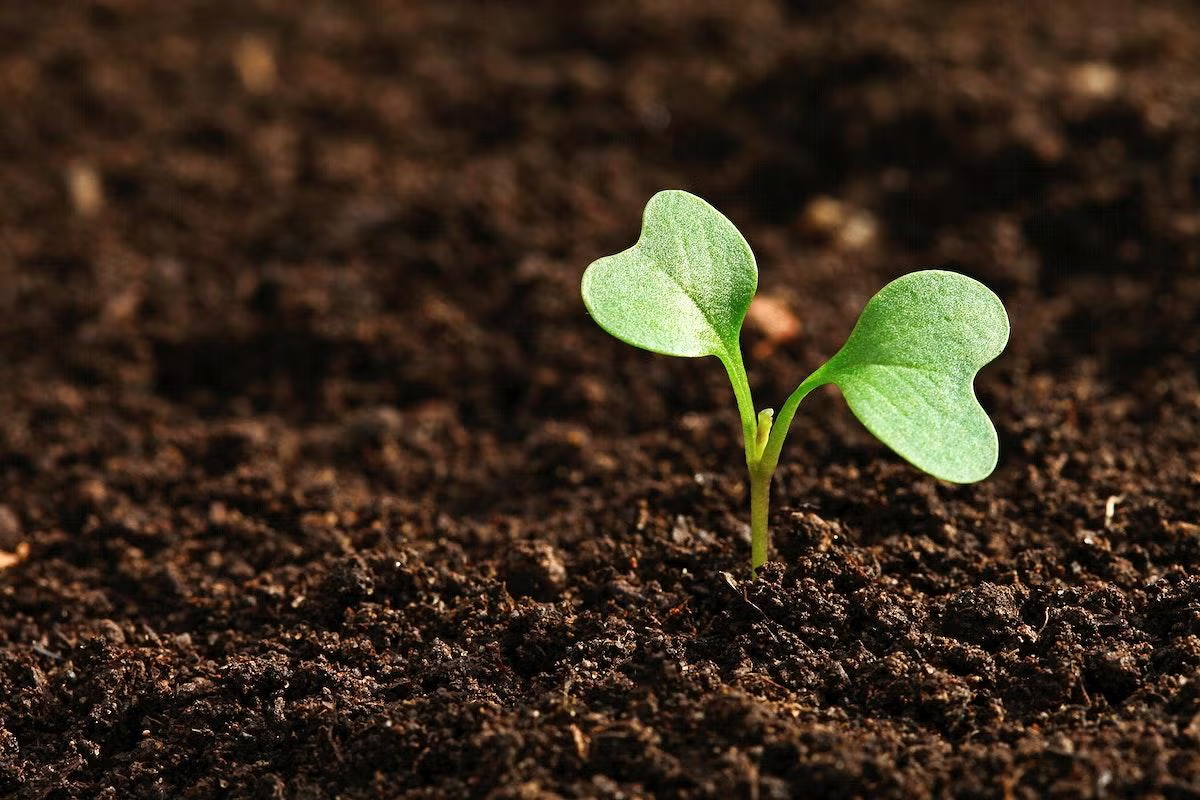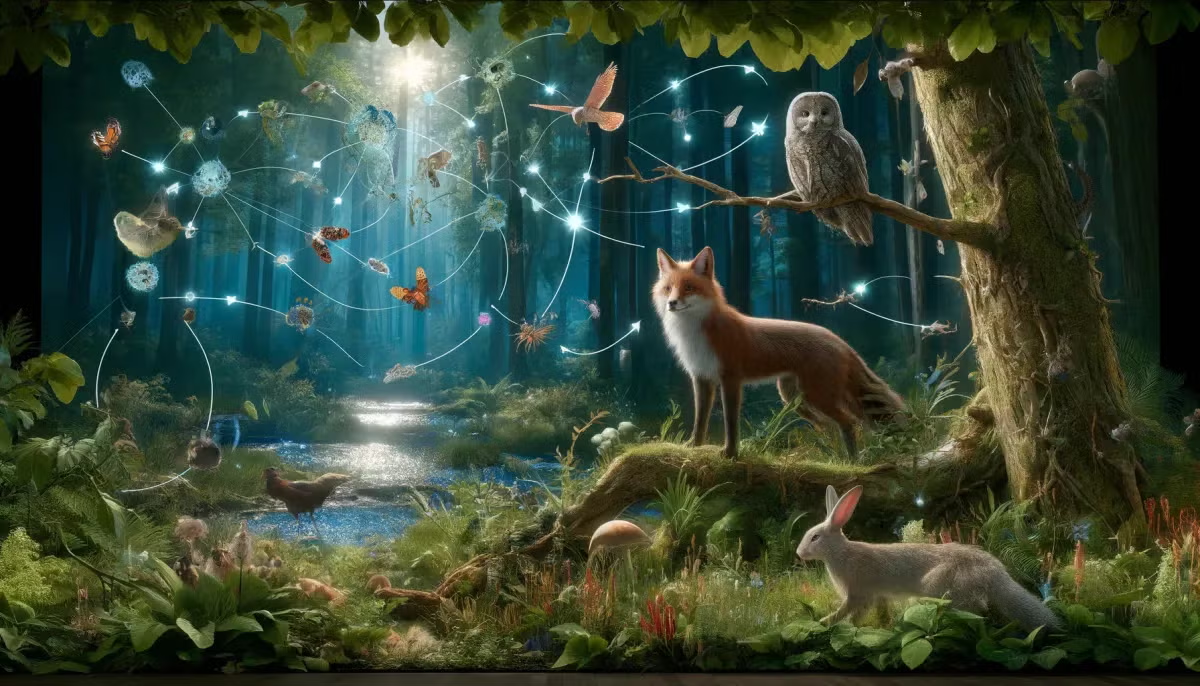
Homeostasis in Cells
by Mitzi Noreen Cantillep
In this lesson plan, students make use of their knowledge about homoestasis, osmosis, and types of solutions to design their own science investigation that will enable them to prove and answer: Why it is dangerous to drink dead sea water. Students have to prove their hypothesis to this phenomenon. The materials for this activity are naked egg (as a model of the cell), distilled water, Dead Sea water (31.5% salt concentration), digital scale, and timer (phone timer).
Lesson Plan Link/URL
https://docs.google.com/presentation/d/19hzTskHNYi5RrmJLLGSYqAQEPbE5n7y6/edit?u…Related Content

Grades:
8th Grade, 9th Grade, 10th Grade
Students use what they know about similar triangles to create a problem. They will use laser pointers and a small mirror to create a problem requiring students to point the laser beam at the mirror to

Grades:
Kindergarten, 1st Grade, 2nd Grade
Teachers don't talk trash, they talk COMPOST!! Compost is the best way to teach students the value of community as they create a Classroom Compost Program. In this 3-day introductory lesson, students

Grades:
2nd Grade, 3rd Grade
Students will research a biome around the world, including 3 animals, 3 plants, and 3 nonliving parts of the ecosystem. Students will construct a diorama of the biome and illustrate a natural disaster